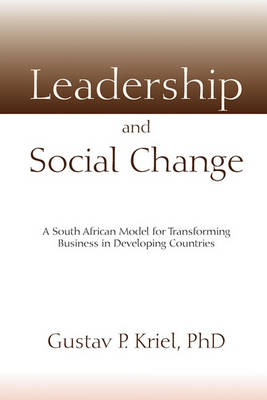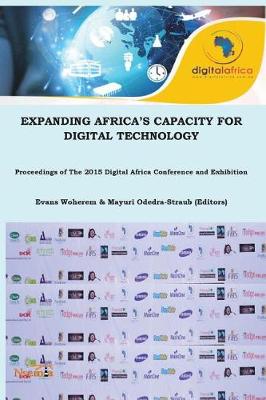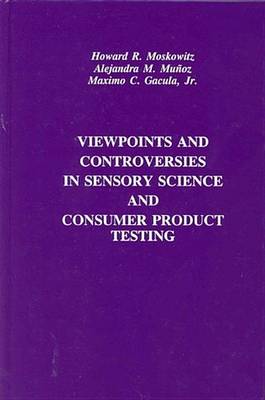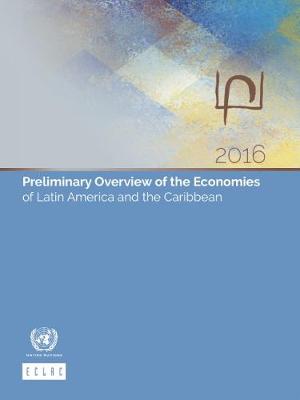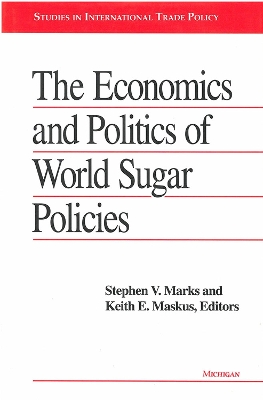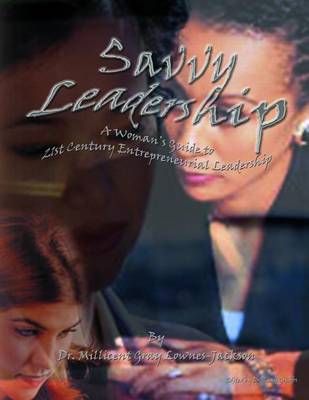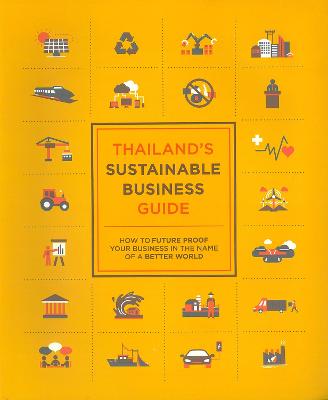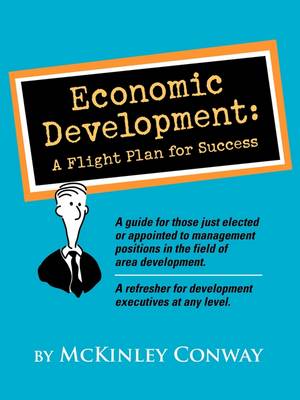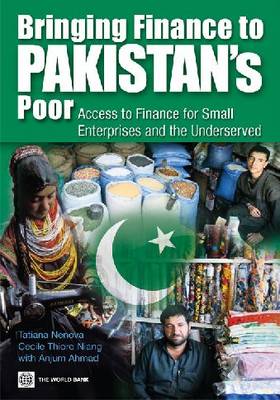Power for Development (World Bank Operations Evaluations Study)
by Fernando Manibog
Power for Development evaluates the performance of the World Bank Group (WBG) during the 1990s in promoting private sector development in the electric power sector. This joint review aims to inform the implementation of the WBG's 2001 Energy Business Renewal Strategy and the 2003 Infrastructure Plan. It is based on an evaluation of the WBG's assistance for private sector development of the electric power sector in 80 countries.
Viewpoints and Controversies in Sensory Science and Consumer Product Testing (Publications in Food Science and Nutrition)
by Alejandra M Oz, Howard R Moskowitz, PhD, and Maximo C Gacula, Jr.
Latin America's economic performance is mediocre at best, despite abundant natural resources and flourishing neighbors to the north. The perplexing question of how some of the wealthiest nations in the world in the nineteenth century are now the most crisis-prone has long puzzled economists and historians. "The Decline of Latin American Economies" examines the reality behind the struggling economies of Argentina, Chile, and Mexico. A distinguished panel of experts argues here that slow growth, r...
On lit beaucoup de choses sur l'Afrique, souvent peu encourageantes. Au quotidien, le monde entend parler des maladies, du desespoir et de la mort. Une telle litanie de souffrances n'est pas sans fondement, mais il y a aussi des histoires d'espoir, des promesses et du potentiel. Elles aussi representent une part tres importante de l'histoire complexe de l'Afrique subsaharienne (ASS) dans les premieres annees du XXIeme siecle. Tout comme il existe de multiples histoires, il faut donc des perspect...
Preliminary overview of the economies of Latin America and the Caribbean 2016
This publication highlights a regional slowdown in GDP growth. It argues that the currency depreciation seen in several countries in the region could, if sustained, increase incentives for investment in tradeable sectors other than the region's traditional exports (commodities), while redirecting expenditure to ease pressure on the current account. Growth-supporting industrial, trade, environmental, social and labour policies that take into account the needs of small and medium-sized enterprises...
The Economics and Politics of World Sugar Policies (Studies in International Economics)
by Stephen V. Marks
This title was formally part of the Studies in International Trade Policy Series, now called Studies in International Economics.
An in-depth look at how to do business in China as it becomes a global economic power Since 1979, when China emerged from its long isolation and launched the first of its economic reforms, the country has gone from producing low-quality exports to making sophisticated high-technology goods and is now a major player in the world economy. China has become the new engine of global growth. As China continues to implement its commitments agreed upon with membership into the World Trade Organization...
Information and Communication Technologies and Broad-Based Development: A Partial Review of the Evidence
by Jeremy Grace and World Bank The
Routledge Library Editions: Development Mini-Set F: Development Economics (Routledge Library Editions: Development)
by Various
Routledge Library Editions: Development will re-issue works which address economic, political and social aspects of development. Published over more than four decades these books trace the emergence of development as one of the most important contemporary issues and one of the key areas of study for modern social science. The books cover the most important themes within development and include studies of Latin America, Africa and Asia. Authors include Sir Alexander Cairncross, W. Arthur Lewis, L...
Bringing Finance to Pakistan's Poor
by Tatiana Nenova and Cecile Thioro Niang
Although access to financing in Pakistan is expanding quickly, it is two to four times lower than regional benchmarks. Half of Pakistani adults, mostly women, do not engage with the financial system at all, and only 14 percent have access to formal services. Credit for small- and medium-size enterprises is rationed by the financial system. The formal microfinance sector reaches less than 2 percent of the poor, as opposed to more than 25 percent in neighboring countries. Yet it is the micro- and...

